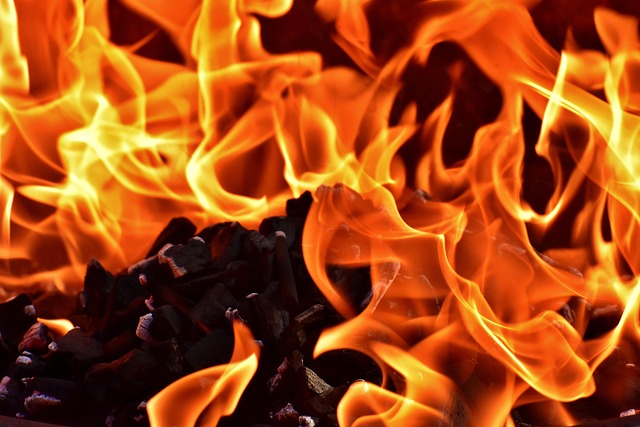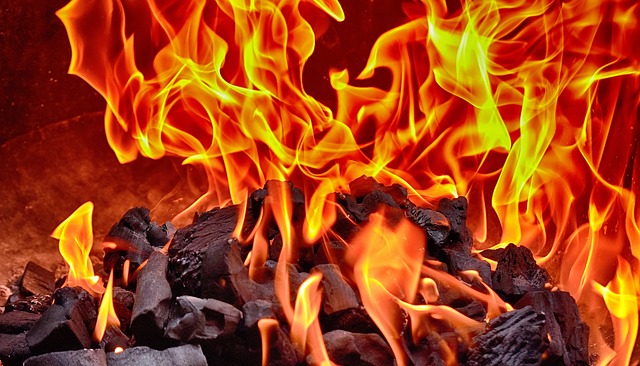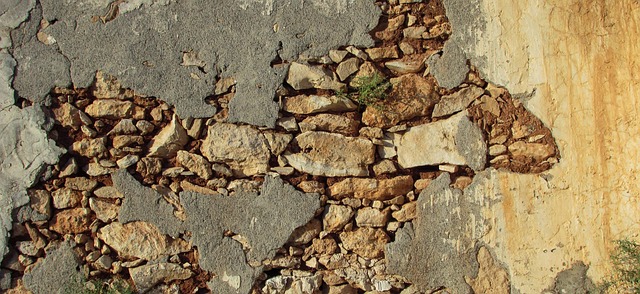Selling a fire-damaged house in California requires careful navigation due to complex valuation processes, market dynamics, and emotional considerations. Homeowners should conduct meticulous inspections, document damage, and engage professionals for accurate assessments. Understanding insurance valuations, local market trends, and repair costs is essential for fairness and attracting buyers. Transparency about repairs builds trust while prioritizing cosmetic fixes enhances the property's presentable value.
After a devastating fire, accurately valuing property becomes crucial for homeowners looking to rebuild or sell in California. This article guides you through the complex process of post-fire property valuation, offering insights into understanding local regulations, assessing damage, and navigating insurance claims. We explore market conditions influencing prices and provide strategies for successfully selling a fire-damaged house in California. By following these steps, homeowners can ensure they receive fair compensation and navigate the recovery process with confidence.
- Understanding Post-Fire Property Valuation in California
- Assessing Fire Damage: What to Look For
- The Role of Insurance in Property Valuation After a Fire
- Local Market Conditions and Their Impact on Valuation
- Strategies for Selling a Fire-Damaged House in California
Understanding Post-Fire Property Valuation in California

In California, post-fire property valuation is a specialized process that plays a critical role in the aftermath of wildfires. When a home sustains damage from a fire, determining its current market value becomes intricate due to various factors unique to fire-affected areas. This process involves assessing not just the physical structure but also the extent of damage, reconstruction costs, and potential environmental impacts. Local real estate experts and appraisers are equipped to navigate these complexities, considering both short-term needs for insurance claims and long-term market trends in fire-prone regions.
Selling a fire-damaged house in California requires a nuanced understanding of this valuation process. Homeowners should be aware that the value of their property may have decreased due to the disaster but could also appreciate once repairs are made, especially in areas with high demand for housing or significant reconstruction efforts. Engaging experienced professionals who specialize in post-fire appraisals can help streamline the selling process and ensure a fair transaction during what is often an emotionally challenging time.
Assessing Fire Damage: What to Look For

When assessing fire damage for a property in California, it’s crucial to inspect the home thoroughly to understand the extent of the loss. Start by checking the exterior for signs of charring or melting on surfaces like siding, roofs, and windowsills. Look for visible water damage as well, since fires often lead to significant water usage during extinguishing efforts.
Once inside, assess structural integrity, focusing on walls, floors, and ceilings. Check for smoke stains, which can indicate the previous presence of toxic fumes and potential long-term odors. Pay close attention to key systems like electrical wiring, plumbing, and HVAC components, as these may need professional repair or complete replacement. Additionally, inspect for water damage from firefighting efforts, as it could impact various parts of the house, including insulation, drywall, and baseboards.
The Role of Insurance in Property Valuation After a Fire

After a fire damages a property, one of the first steps homeowners in California need to take is to contact their insurance provider. The role of insurance in post-fire property valuation is crucial as it provides a financial safety net for owners facing significant repairs or even a total loss. Insurance companies will assign an adjuster who assesses the damage and determines the value of the property before and after the fire, using this data to calculate the compensation owed to the policyholder.
This process involves several factors, including the cost of rebuilding or repairing the structure, replacement of personal belongings, and potential relocation expenses. For homeowners looking to sell a fire-damaged house in California, understanding this insurance-driven valuation is essential. It can impact their decision on whether to rebuild, renovate, or list the property for sale, as they aim to recover their investment and minimize financial loss.
Local Market Conditions and Their Impact on Valuation

After a fire, property valuations in California can be complex due to local market conditions playing a significant role. The real estate landscape is dynamic and varies across different regions. When selling a fire-damaged house, understanding these factors is crucial. For instance, areas with high demand for housing, particularly in desirable neighborhoods or close to major amenities, might experience less impact on property values post-fire. Buyers often view these locations as a safe investment despite any damage.
Conversely, local market trends can affect valuation negatively. If the area has experienced a decline in property values or an oversupply of similar homes for sale, a fire-damaged property might face more significant challenges. In such cases, buyers may be hesitant to make offers, expecting repairs that could be costly and time-consuming. Therefore, assessing local market conditions is essential when determining the value of a fire-damaged house in California.
Strategies for Selling a Fire-Damaged House in California

Selling a fire-damaged house in California can be a complex process, but with the right strategies, it’s possible to navigate this challenging situation successfully. The first step is to assess the extent of the damage and understand the potential costs of repairs. This involves a thorough inspection by a professional to determine which areas are beyond repair and which can be restored. It’s crucial to document all damages through photography and detailed reports for insurance claims and future buyers.
Once the assessment is complete, homeowners should prioritize their repairs based on both cost and the home’s resale value. Not all damage needs to be completely repaired before putting the property on the market. Minor cosmetic fixes may suffice to make the house presentable to potential buyers. Additionally, being transparent about the fire’s impact and the repairs undertaken can build trust with prospective purchasers, who appreciate honesty in these situations.
After navigating the complexities of post-fire property valuation in California, from understanding the process to assessing damage and considering insurance implications, it’s clear that local market conditions play a significant role. When it comes to selling a fire-damaged house in California, a strategic approach is key. By being aware of the factors influencing valuation and employing effective marketing strategies, homeowners can ensure their property receives a fair assessment, making the selling process smoother and more successful.






